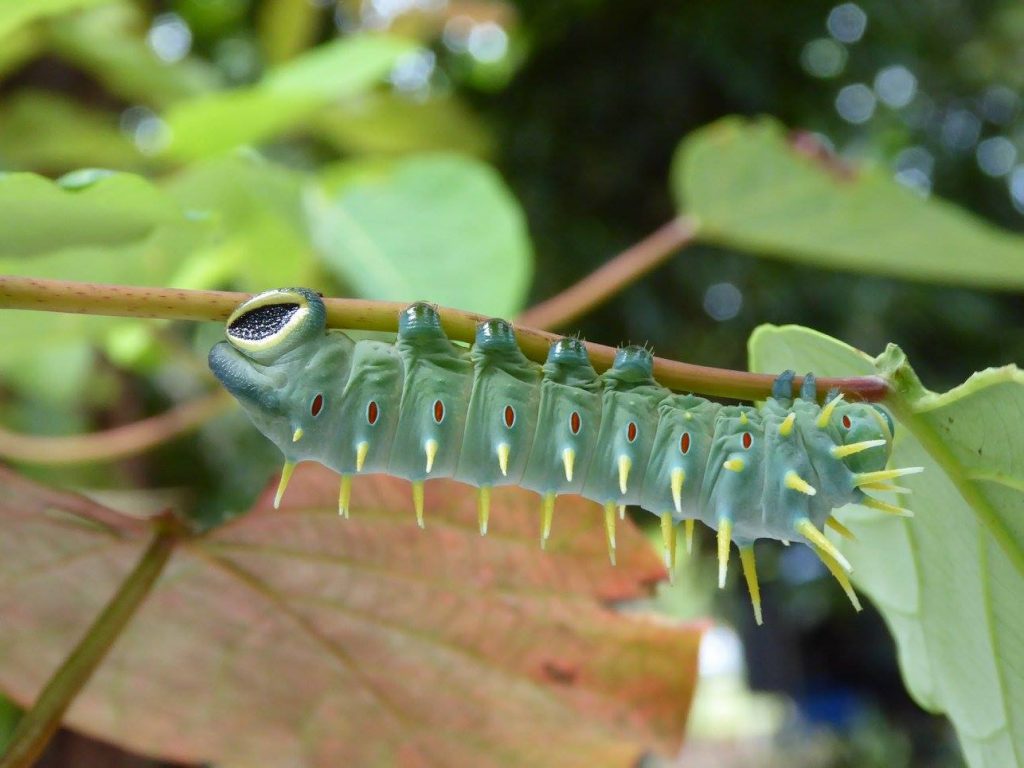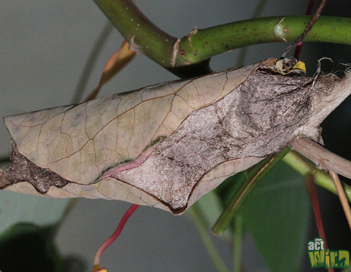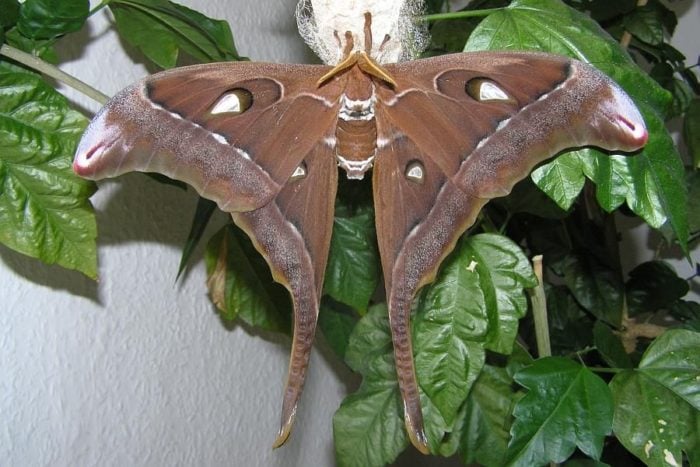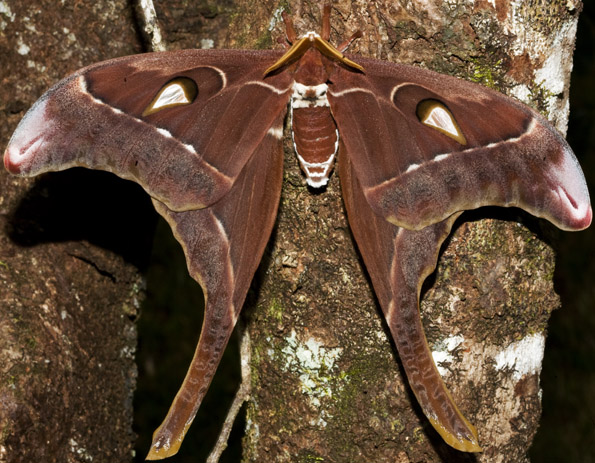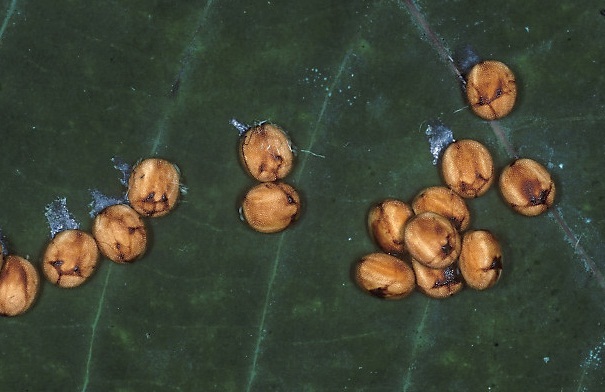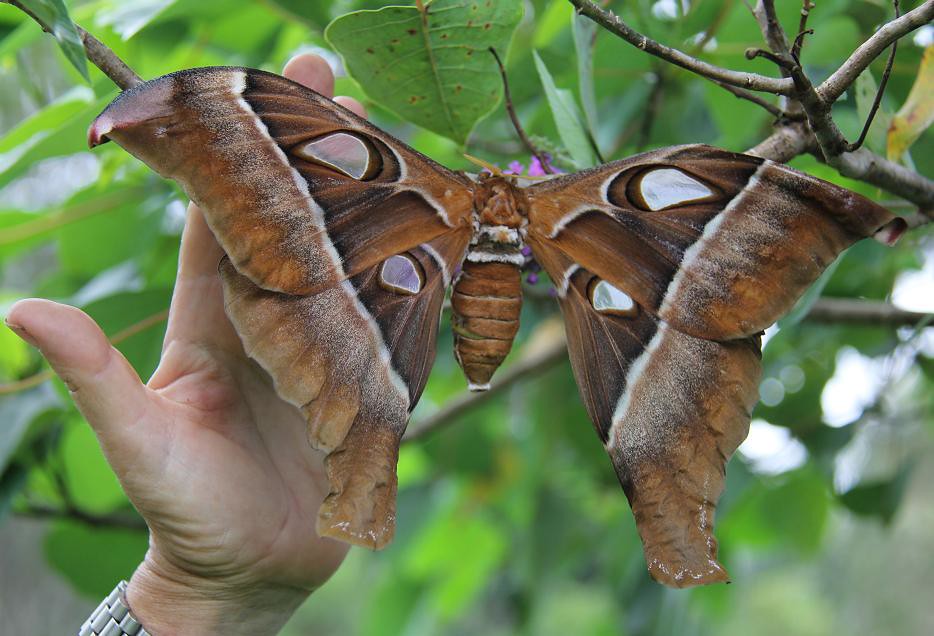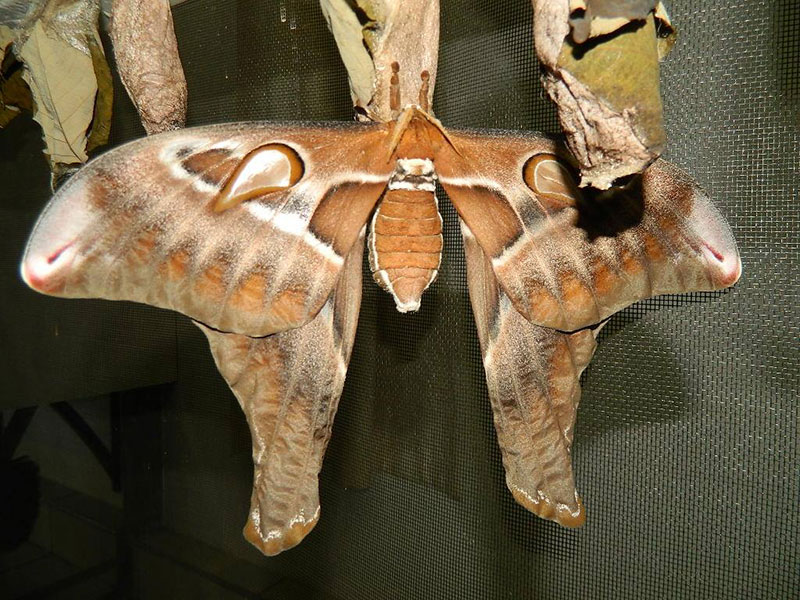Hercules Moth(Coscinocera hercules)
Hercules moth of the Saturniidae family is native to different parts of Australia. William Henry Miskin, an Australian entomologist, described them first in 1876.
lh3.googleusercontent.com
Scientific Classification
- Family: Saturniidae
- Genus: Coscinocera
- Scientific Name: Coscinocera Hercules
Description and Identification
Caterpillar
The larvae are pale blue covered in yellow spikes, 12 cm long, weighing about 29 grams. Their food comprises leaves growing in the rainforests, more specifically those of the bleeding heart tree. The caterpillar phase lasts for about three months, after which they retreat into their cocoon.
Adult Moth
Sexual Dimorphism: Present
Color and Appearance: When the wings are opened, they appear brown with white stripes running down irregularly. Each of the wings is also marked with four transparent windows, two on top and two down. When the wings are closed, the color is the same, with only two windows visible at a time.
In the male Hercules moths, the rear end of their hindwings is extended to form long tails.
Average wingspan: 27 cm
Flight pattern: Erratic
Quick Facts
| Distribution | Northern Australia, New Guinea |
| Habitat | Rainforest regions, close to their host plants |
| Predators | Several birds, like the black butcher |
| Lifespan of adults | 10 – 14 days |
| Host plants | Timonius rumphi, Prunus serotina, Polyscias elegans, Glochidion ferdinandi |
| Adult diet | Nectar of host plants |
Did You Know
Their enormous wings make them the largest of all Australian moths in the world. When it comes to the surface area, their’s span to about 300 sq.cm, the biggest among all insects.
Scientific Classification
- Family: Saturniidae
- Genus: Coscinocera
- Scientific Name: Coscinocera Hercules


